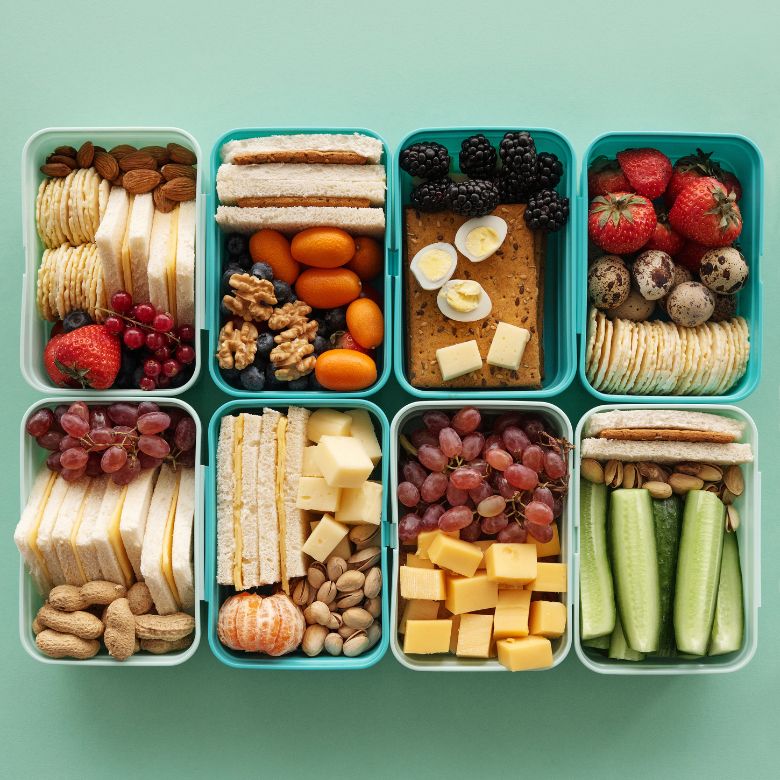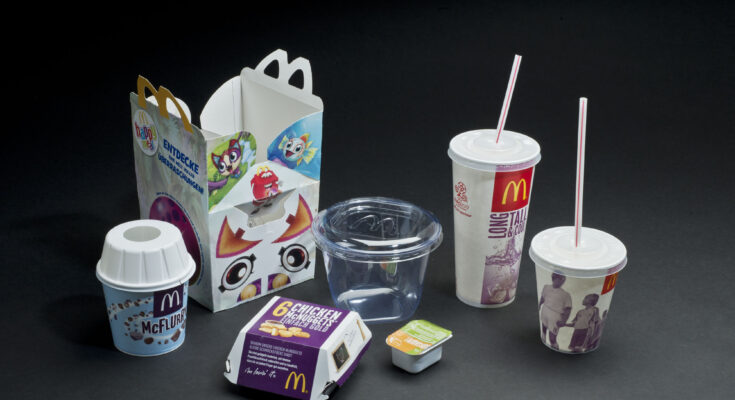Use of plastics: most common industries
In the 21st century, there are numerous and important applications for plastics: in certain industries, this raw material has completely or partially replaced other components such as steel, glass, natural fabrics or wood. Where are plastics used most commonly? These mainly include businesses in industries such as:
- packaging,
- automotive,
- electronics,
- construction (and window making),
- furniture,
- kitchen equipment (household appliances),
- home electronics,
- clothing and footwear.
Plastics are now also widely used in contemporary medicine, sports and the toy industry. They work well in farms, horticulture, fencing and tool production.
Plastics: types and applications
Plastics are divided into three basic categories, which include: thermoplastics, elastomers and duromers. What makes these materials distinct is that each one has its own specific reaction to high temperatures:
- thermoplastics soften quickly when heated, and can be moulded into any form to be retained after cooling;
- elastomers are plastics with a specific rubbery structure – they tend to return to their original form when stretched;
- duromers (or duroplastics) – are a type of hard plastic that is difficult to melt; they may be a thermosetting polymer or chemically cured plastic, and are not suitable for further thermal processing.
Examples of thermoplastics include:
- polypropylene (PP), poly(vinyl chloride) – PVC, polyethylene (PE), LDPE and HDPE polyethylenes, polystyrene (PS) – used for making packaging, film, window frames, disposable dishes, insulation materials, etc.
Duromers include:
- epoxy resins, polyurethanes, Bakelite – used for making housings and covers, laminates, fittings, building and sealing materials.
The list of most commonly produced elastomers includes:
- synthetic rubber and silicone rubber – useful for making sealing materials, parts of equipment, packaging, bases and primers.
Examples from the plastics industry
The characteristic properties and applications of plastics have fascinated both scientists and investors for decades. As a cheap and reliable raw material, plastic continues to conquer global markets.
The ever-expanding range of raw materials and additives used for plastics processing drives the industry and the production of finished products that are essential in the life of every individual. For plastics producers, PCC Group has prepared an interesting range of products. In the catalogue available online on the Product Portal, you can find high-quality chemicals designed for innovative production aimed at the needs and expectations of contemporary consumers.
Plastic products are present in virtually every branch of industry and are important both as everyday products and as special-purpose materials. The most common plastic products include:
- bottles, canisters, containers, flower pots – see offer from the manufacturer of plastic bottles and caps,
- automotive parts (housings, covers, bumpers, strips, upholstery, etc.),
- industrial filters,
- medical equipment parts,
- water supply and sewage pipes,
- cabling cover elements.
The use of plastics in commerce
One of the main categories of customers in the plastics industry are trade businesses. What is the use of plastics in commerce? Plastics are used to make bags and packaging used for securing, carrying or shipping goods. A significant role in commerce is also played by protective stretch films and bubble wraps.
Plastics also work well as a component for making advertising and commercial information media. These can include billboards, stands, plaques, wall panels, signs and souvenirs (pens, key rings, scrapers, etc.). The materials most commonly used for making such items include polycarbonate, polypropylene and polyethylene plastics, as well as PVC.

Plastics in the food and catering industry
Plastics also play an important role in other industries related to food production or distribution. What are the applications of plastics in the food and catering industry? First of all, they can be used to make bottles, containers, cutlery, accessories and disposable dishes. These include, e.g., PET bottles, polystyrene dishes, heat sealable polypropylene trays and polyethylene drinking straws.
The catering and food industry is also in constant demand of plastic waste bags and food storage bags, which are most often made of LDPE, polyamide and polypropylene. Plastics (polyethylene, PVC, Teflons, silicones) are also useful for making kitchen accessories, household appliances, dishes, trays and even furniture.
Plastics in the fashion industry: examples of plastics and their applications
The fashion industry is now one of the fastest growing industries in the world. It uses various types of plastics – examples of materials that have revolutionised clothing production include:
- polyester, which is a flexible, water-resistant synthetic fibre used for making blouses, sweaters, jackets, underwear and home textiles,
- polyamide, an extremely lightweight, flexible and soft synthetic fibre, perfect for making sportswear, swimwear, hosiery and tights.
Chemically and heat resistant plastics are also used by manufacturers of protective workwear such as overalls, jackets and aprons. What is interesting is that these materials are largely recycled plastic.

What are plastics used for in the construction industry?
Where are plastics used in the construction industry? They are mainly used for making:
- insulation and protection materials (films, facade Styrofoam, insulation foams, sealing tapes),
- fitting and finishing materials (cladding, floor panels, PVC carpets, composite terrace boards),
- water supply and sewage pipes, protective pipes and pipes for in-floor heating.
Plastics are also used to make accessories and tools commonly used on construction sites such as buckets, paint trays, handles, connectors and fasteners.
Find out more about PUR spray foam insulation. Read also about PIR thermal insulation boards.
What are recycled plastics used for?
As you can see, plastics have had numerous applications in almost every area of life – and continue to find new ones all the time. Unfortunately, as the amount of plastic increases, more and more plastic waste is generated. One of the most effective ways to combat plastic pollution is to reuse plastics – or in other words – to recycle. What can be made from recycled plastics? Polypropylene, PVC, LDPE or PET plastic can be recycled to make:
- bags and pouches, packaging, shopping bags,
- components for household appliances or consumer electronics,
- automotive parts,
- disposable tableware.
Recycled plastics are considered a valuable raw material used for making furniture, decorations, toys and clothing. There are efforts undertaken around the world to build the first houses made entirely of recycled plastic. As you can see, plastic is a wide-purpose material that we rediscover time and time again.



